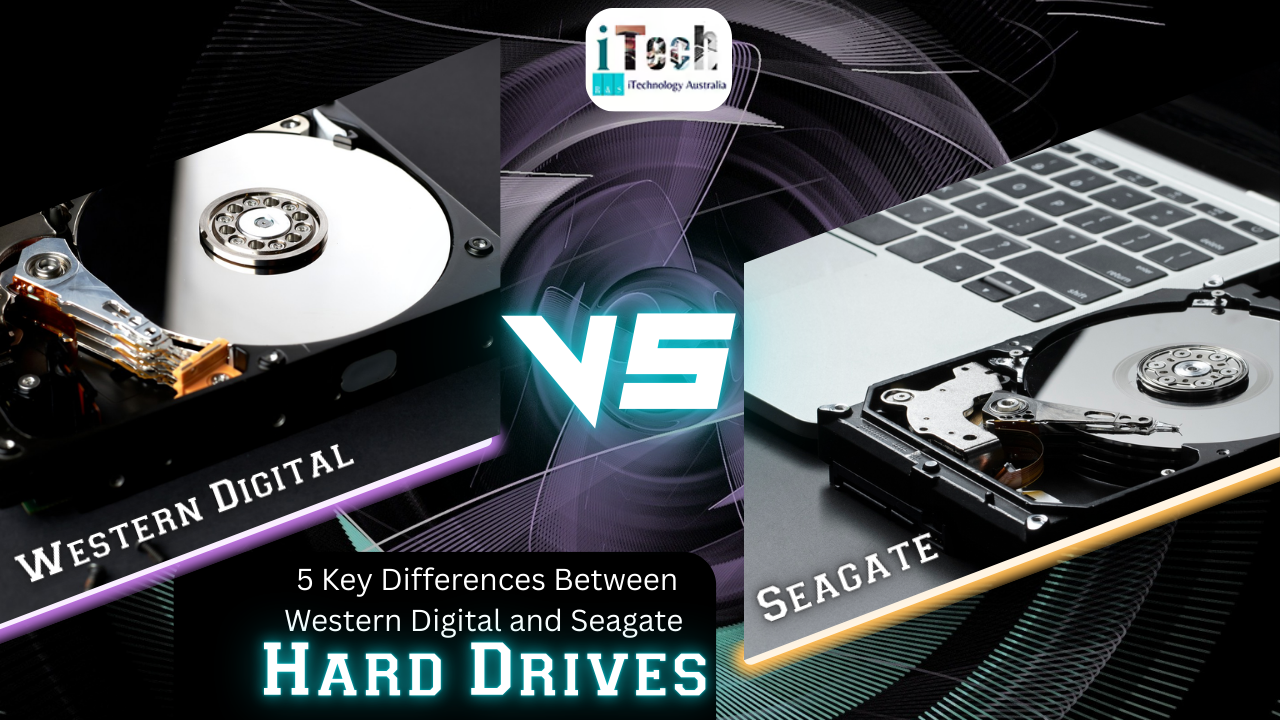
Data holds the crucial information regarding the strategies of the particular organisation. Confidential data contributes to the company’s high reputation, which develops people’s firm trust in their services. However, when data is lost or leaked, the first thing that gets affected is their reputation. This is the reason why most companies engage with the best data recovery specialists in order to preserve their reputation and protect themselves from such a risky situation of data loss. Data recovery specialists often help guide them through the specific method or strategy through which one can prevent data loss and save their company’s reputation from sinking. One of the methods is RAID 5, which is quite a risky and complicated process of preventing data loss. However, many data recovery specialists help in simplifying this method through their special tools and strategies. In order to know about the working of RAID 5 for the prevention of data loss, read this blog thoroughly.
How Does Raid 5 Help in Preventing Data Loss?
There are several RAID methods that are used beforehand in order to prevent oneself from data loss, and one of them is RAID 5, which is usually used by professionals. This involves a minimum of three disks, which can prevent one’s data from getting corrupted or lost. So, go through the points mentioned below in order to know about the working of RAID 5 in preserving the data.
- Data striping
This is the first step that is done to ensure that one’s data is safe and protected. In a RAID 5 configuration, the data is broken down into smaller segments, which are then divided among multiple disks. The data is preserved in multiple drives, which ensures that one’s data is safe from getting lost, and they can use it whenever they feel the need to use it. This striping method also includes an efficient and faster reading process, which makes the whole procedure speedy as more than one disk is working at the same time.
- Parity information
After breaking down the data into smaller parts, the next step is to calculate parity data to distribute it across each drive. This is a detailed and complex task of storing and securing the confidential data to prevent data loss. This requires the help of some professionals, as an ordinary man couldn’t manage to understand its utilisation for data preservation. This is an important step as it prevents a single drive from getting bottlenecked.
- Handle the failed drive
Sometimes due to any reason, there can be the risk of failure of any one drive among the three drives, which can arouse concern among an individual. However, in order to prevent them from such a situation, many data recovery specialists have the knowledge of handling the failed drive and use it accordingly. This requires a high level of precision and attention from the data recovery specialist.
- Reconstruct the data
After creating data striping and parity information, the main thing that comes after all this is the reconstruction of the data. As mentioned above, RAID 5 includes a minimum of three drives in order to protect the data. So if one drive fails for any reason, then one can easily access their stored data from the rest of the drives. Afterwards, the parity information is used in order to reconstruct the data and prevent oneself from the heartbreaking situation of data loss.
Conclusion
Preventing data from getting lost is the topmost priority for many people like you. There are several RAID configurations that are used for both data preservation and data recovery. Certainly, recovering data with RAID 5 can also be possible, but this process is sophisticated and can’t be recovered by a layman. Considering this, you can engage with the experts of iTechnology Australia in order to secure and protect your data. Even if you have lost your confidential data, our professionals can help you with this.

